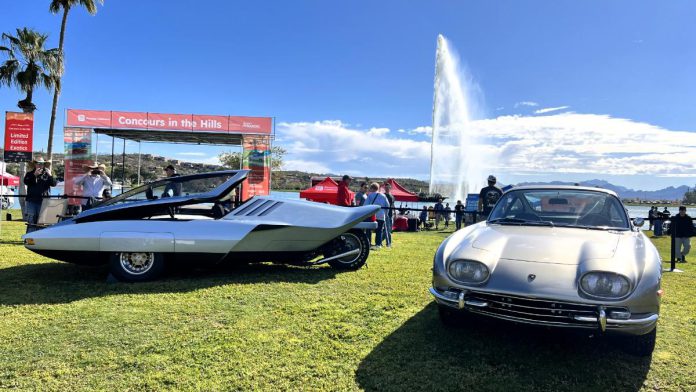Our coverage of Concours in the Hills in Fountain Hills, Arizona displayed a nice selection of cars of all varieties. But fellow enthusiast Tyson Hugie was not the only ClassicCars.com Journal enthusiast present. What diverse jewels did I find?

Though several large American manufacturers entered the sports car fray in the 1950s, there were many small companies producing sports cars for amateur road racers. One of those was Scarab and, like most, they were based on running gear from the major manufacturers.
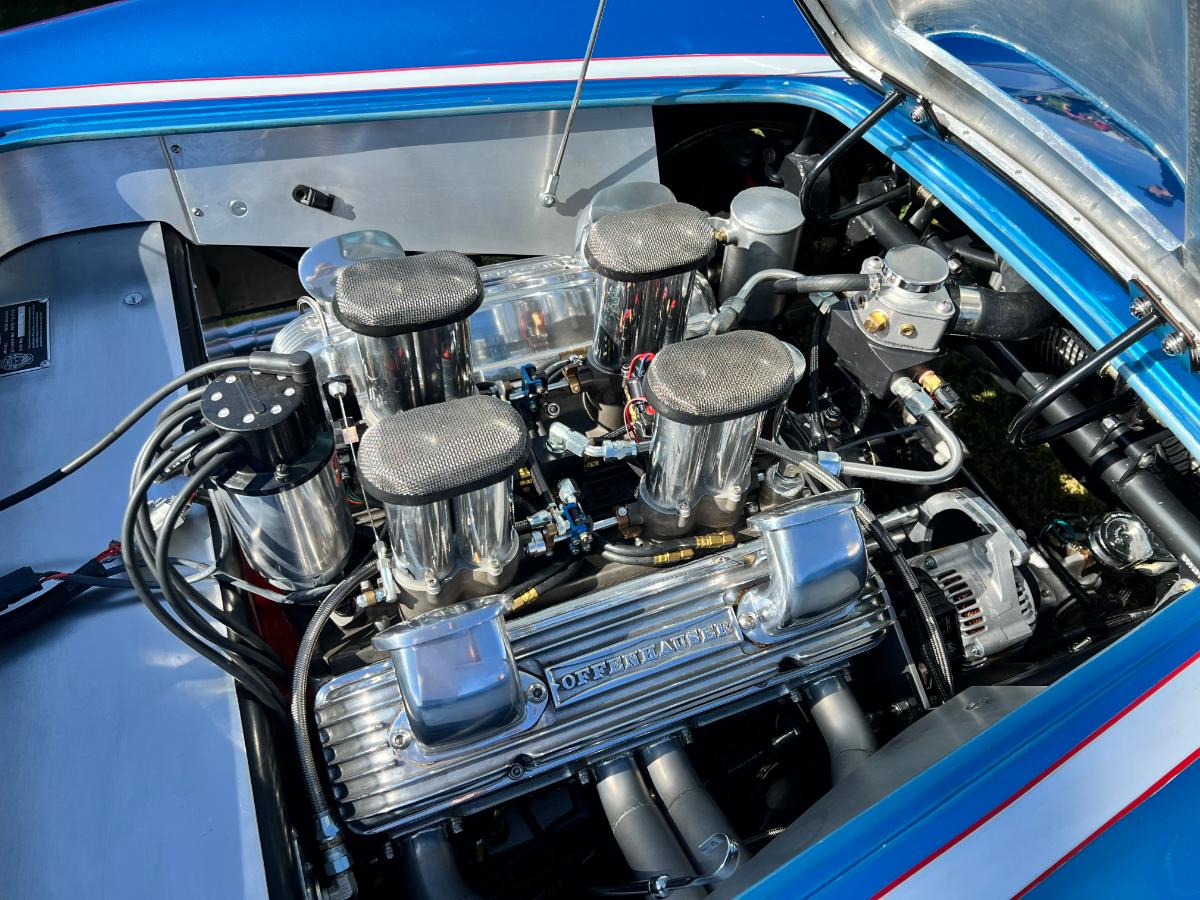
In the case of Scarab, they featured a Chevrolet small-block built by Traco Engineering. This 1958 Scarab roadster features a Hillborn-injected 283.
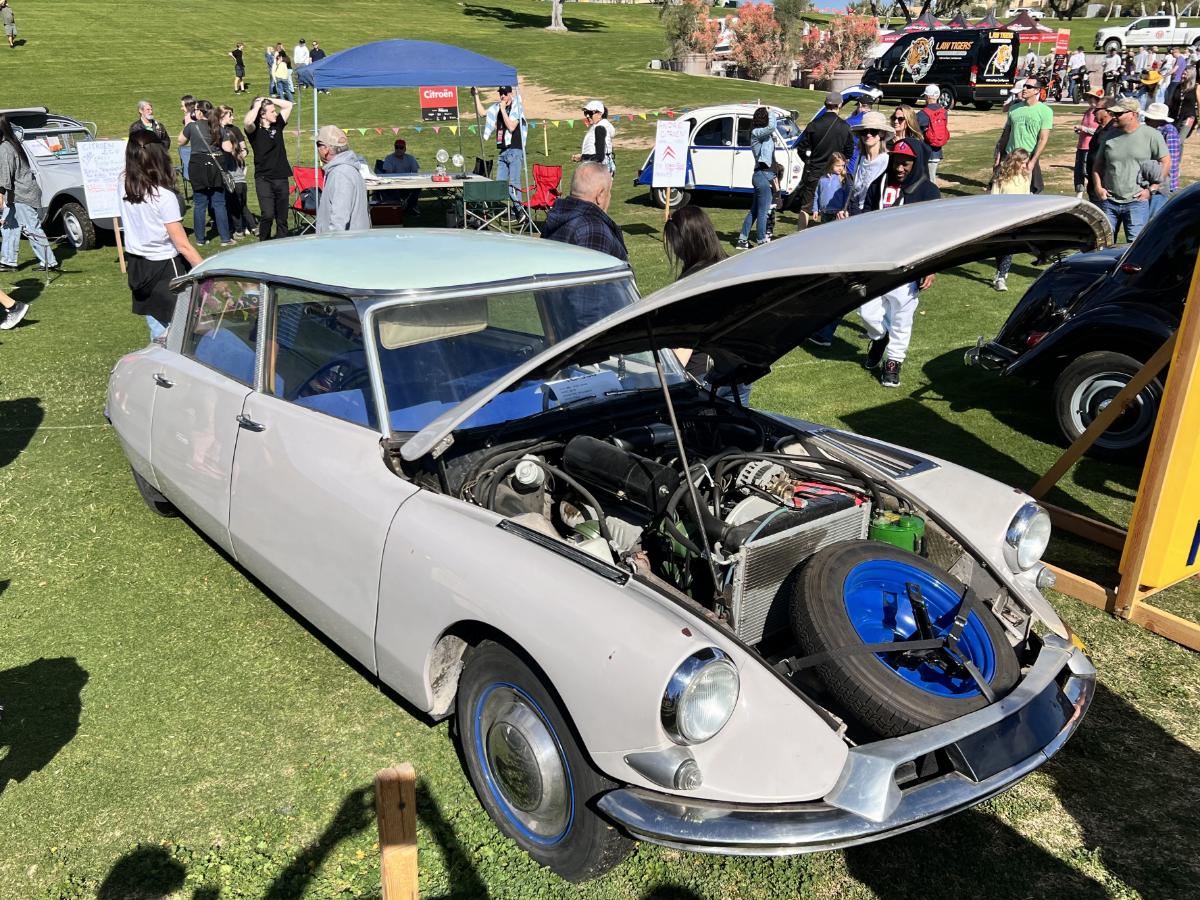
This 1961 Citroen DS19 is an American-spec vehicle, which you can tell by the bullet-style parking lights, as it seems the style originally designed for the vehicle was incompatible with American regulations. Of course, this being a DS, it features a hydropneumatic suspension, inboard front disc brakes, four-speed semi-automatic transmission (with the assistance of the hydropneumatics, of course), and loads of Gallic style. The letdown with the DS from its whole existence was the power choices, though its top speed was better than it deserved due to the aerodynamic design.
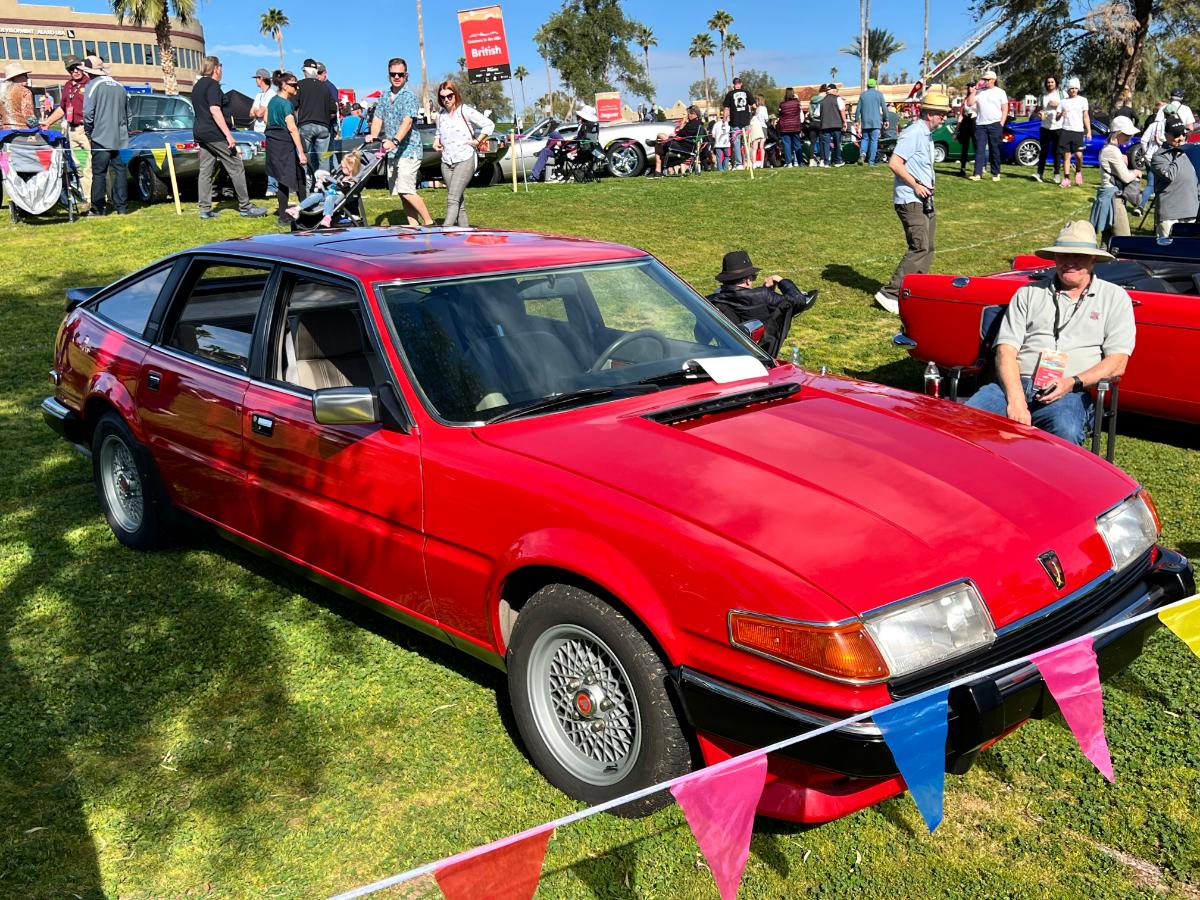
The last Rover passenger car to be sold in the United States under its own name was the SD1 (the Acura-based Sterling appeared several years later). Though introduced in 1976, it didn’t appear in the States until 1980, a full 10 years after Rover left the American market. American versions were called the Rover 3500, and it used an update of the V8 engine that Buick developed in the 1960s. American versions featured a pair of dual round sealed-beam headlights.
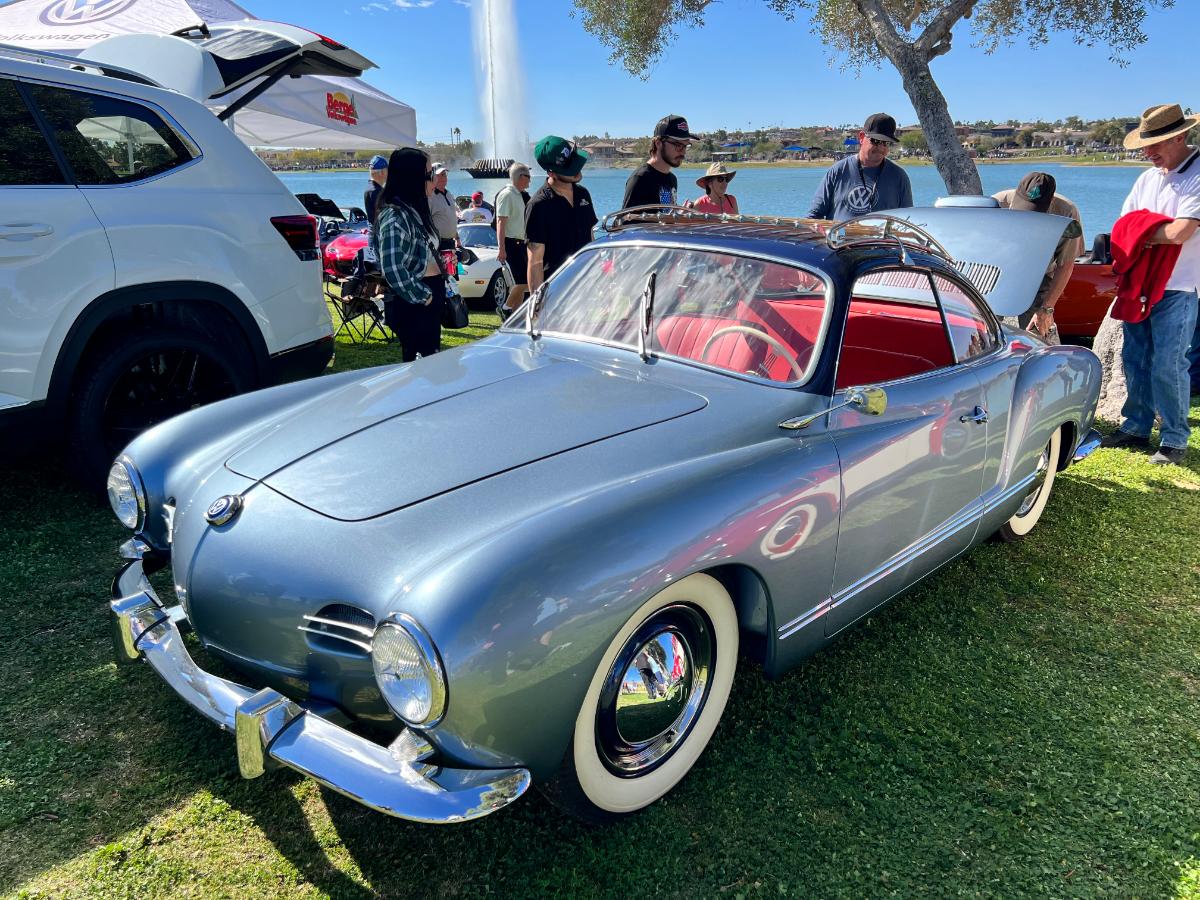
The Volkswagen Karmann-Ghia has never come off as a more attractive version of the Beetle to me, but ones from the 1950s may be an exception. While the model year of this one (1958?) escaped my attention, there was so much that was right with this car.


In addition, this VW features an aftermarket Judson supercharger – neat!

I loved any car with hidden headlights as a kid so, when combined with sequential taillights, the 1967-69 Ford Thunderbird rose to the top. As an adult, they fell from my grace because I thought they were overwrought, especially compared to the earlier ones. Nonetheless, it’s not every day a good one appears at a show. This 1968 two-door Landau was originally ordered in Mesa by a local resident, and it’s one of the few built with bucket seats. Other options include black vinyl roof, Convenience Control Panel, power windows and driver’s seat, Tilt-Away steering wheel, Deluxe seat belts, and front seat headrests, the latter an option that would become federally mandated on January 1, 1969.
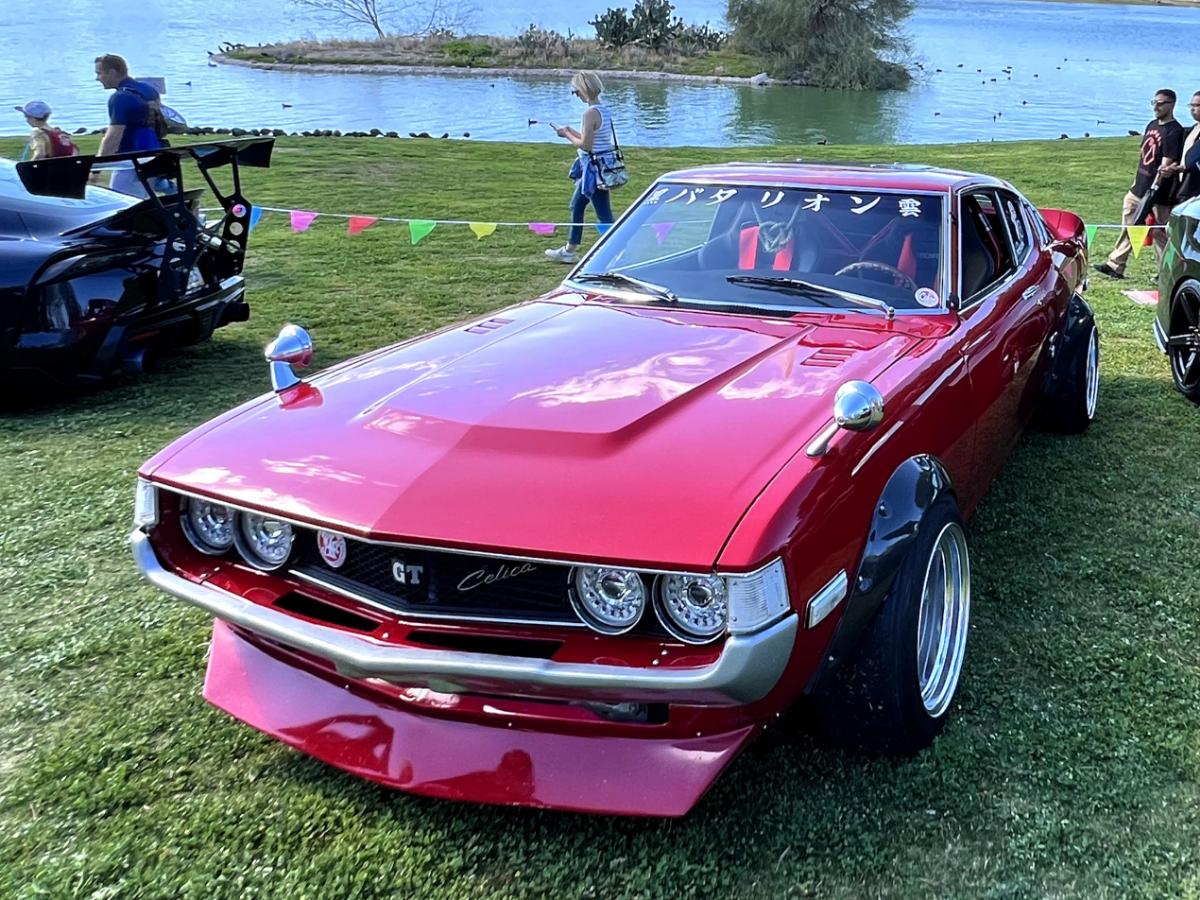
I also was remiss in catching the year of this Toyota Celica. Often considered the Japanese Camaro in style, the Celica has never been on my radar but, if you check out the Japanese-market coupes and hatchbacks, they do have some eye appeal that seems to have been lost with the federated versions imported to America. And, just as JDM cars have become more and more popular, older Celicas have joined the ranks, including modifications that maybe look out of place on a 1970s Camaro, but it works just fine on this.

The Ford Gran Torino Sport replaced the Torino GT for 1972. The convertible was discontinued, with the new sporty series available as a fastback and new hardtop coupe. The hardtop clearly was more conventional and conservative, so finding one with the best engine of the year – the 246-horsepower 351 Cobra Jet – is a bit of a novelty. This Ivy Glow metallic GTS was originally ordered through a dealership in Cottonwood, Arizona and is one of 2,535 coupes built with the CJ and automatic.

Dodge and Plymouth’s Trans-Am entrants were the Challenger T/A and AAR’Cuda, respectively. Both featured a 340 small-block with triple two-barrel induction, but each featured unique hoods, stripes, and exhausts. A feature not shared with other Mopar E-bodies were staggered tire sizes.
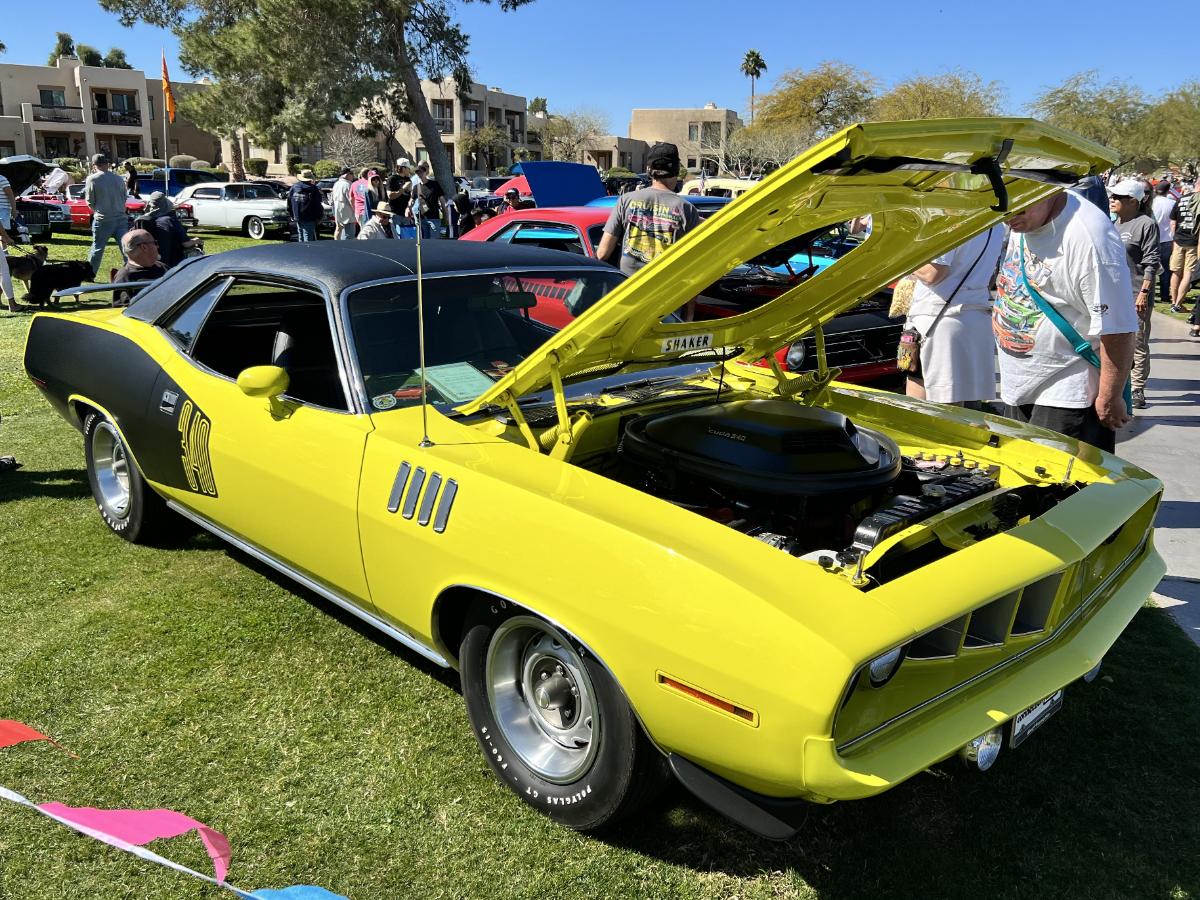
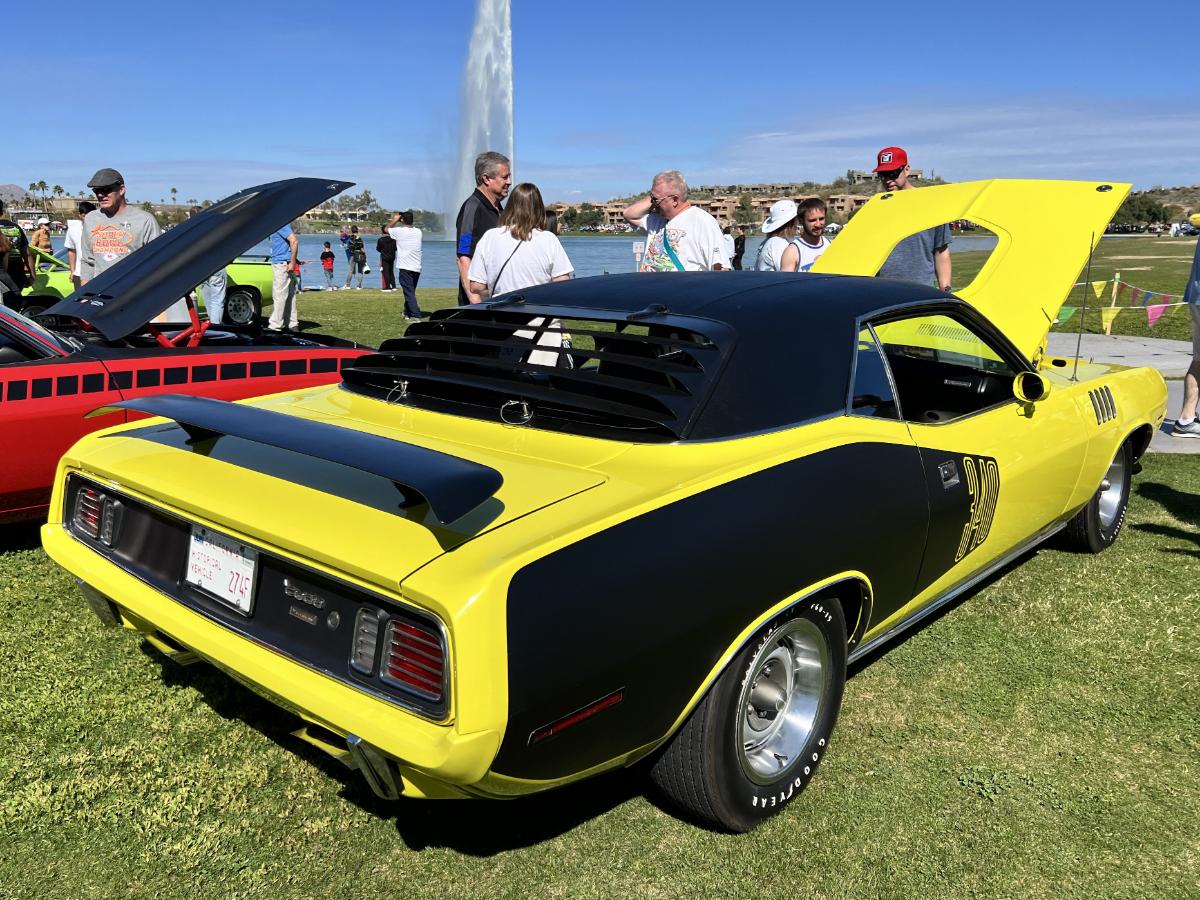
Maybe you are like me and prefer the regular Barracuda? As one of the most desirable muscle cars on the planet, the 1971 ‘Cuda had several options to make the Barracuda spectacular beyond stock form. In the case of this ‘Cuda 340, it is painted Curious Yellow (a greenish yellow named after a Swedish “art house” flick), which was one of the colors that featured a painted grille. Combined with the Elastomeric Bumper group, “Billboard” stripe, front and rear spoilers, and rear window louvers, you have what may be one of the most boisterous muscle cars ever built.

Many people feel the 1967 Pontiac GTO was the best of the breed for the first generation, as it featured a new 400cid V8, dual master cylinder (a federally mandated feature), and the advent of the three-speed TH400 automatic. A decade later, the Can Am (an heir apparent of sorts) was developed by the Godfather of the GTO, Jim Wangers, and Motortown, a company he ran. The 400-powered LeMans Sport Coupe’s existence was short-lived as the mold used for making the rear spoiler broke, leaving approximately 1,133 Can Ams built, well short of the 5,000-plus that were being demanded.

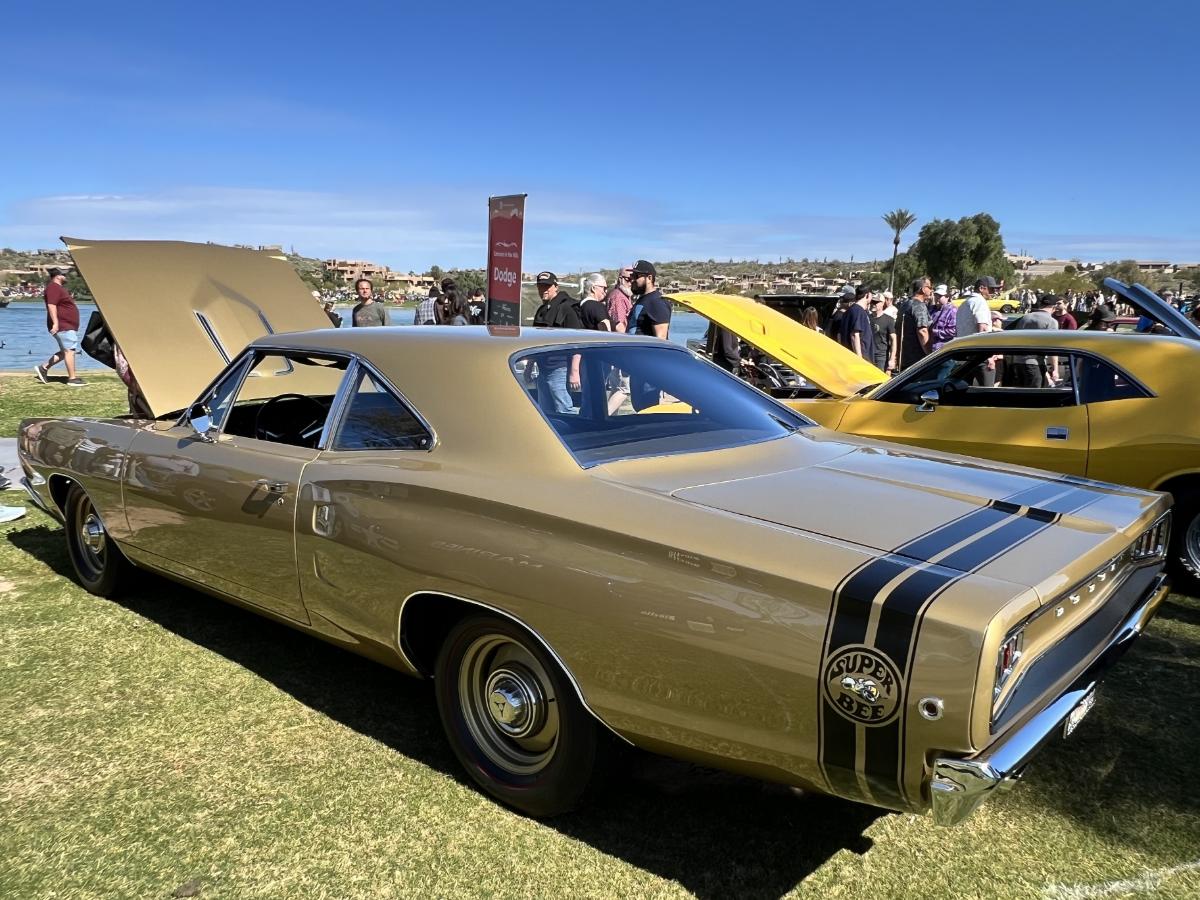
When Plymouth introduced the Road Runner for 1968, Dodge was left with no kissin’ cousin. Following the Road Runner’s formula, Dodge introduced the 383-powered Super Bee early in 1968. Only available as a pillared coupe, the Super Bee was named after the Scat Pack bee that represented Dodge’s high-performance series.
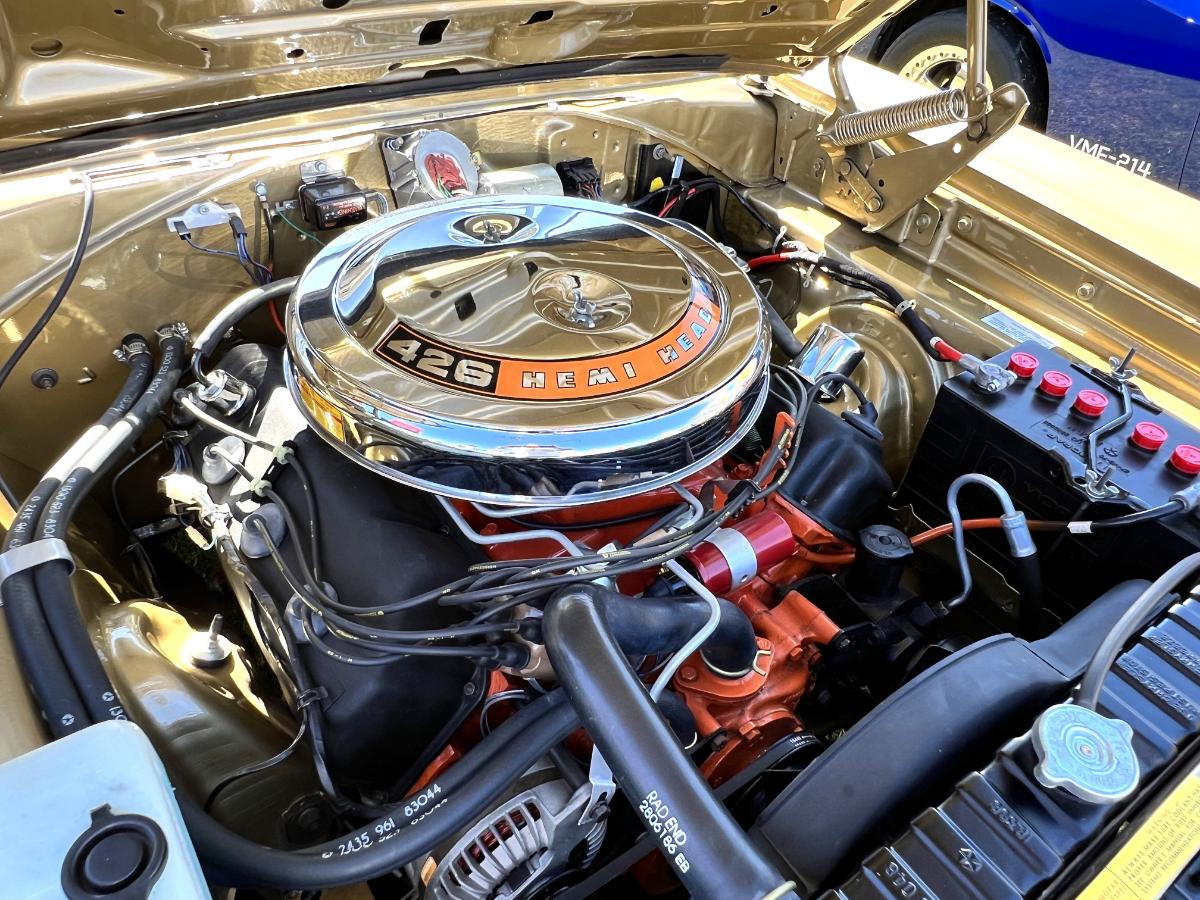
This Medium Gold metallic example is one of at least 128 Hemi-equipped Super Bees built, as production info for export orders does not exist.
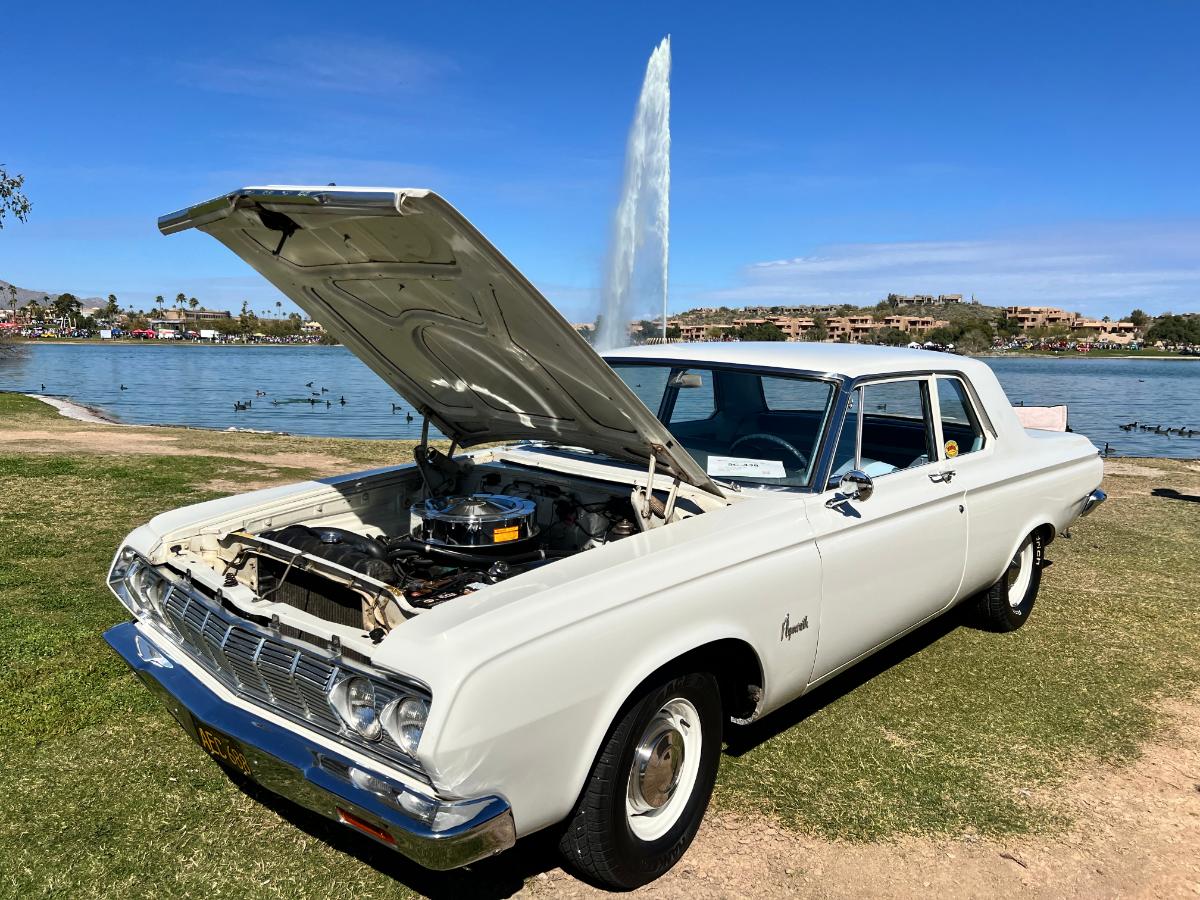
Nineteen sixty-four was a big year at Plymouth. Not only was the styling of its full-size cars lacking the ugliness that afflicted the 1962s, but Plymouth also introduced a new four-speed manual that could be paired with the 426 Super Stock. Yet if you wanted something more streetable, the new 365-horsepower Commando 426 (the “Street Wedge”) was available for the first time. “Race-car performance with not much more than standard-car maintenance,” claimed Plymouth. This 1964 Savoy two-door sedan, Plymouth’s cheapest two-door model, is quite rare due to the 426.



